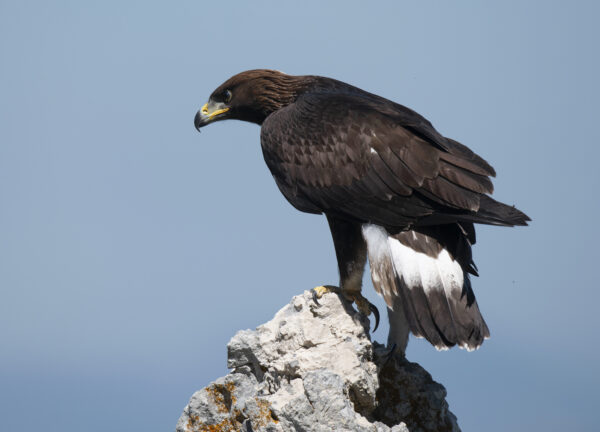Diet of Golden Eagle (Aquila chrysaethos) nestlings in Central Apennines, Italy
Gianluca Damiani, Andrea Mazzarano, Silvia Dancali, Paolo Forconi
Abstract:
The diet of animal species reflects important evolutionary and behavioural adaptations that may affect the viability of populations. The reproductive success, the habitat selection, and the spatial distribution of individuals are often related to trophic resources. By studying the diet of a predator, it is possible to better understand the ecological interactions between different species at a local scale. We studied the nestlings’ diet of six Golden Eagle (Aquila chrysaetos) breeding pairs in Central Apennines (Italy), through the analysis of pellets and prey remains (2000-2004) and integrated them with visual observations (2000-2022). While data from pellets and prey remains allowed for estimates in biomass and diet breadth, nest visual observations provided new qualitative insights into the species’ hunting behaviour. We were able to identify 16 species of mammals, 14 species of birds and 2 species of reptiles among prey items. The application of the Levins index on the 21 families detected produced a value of 8.45, indicating a rather wide trophic niche. The dominant preys were hares (Lepus europaeus and Lepus corsicanus), with a 25% frequency and 43% of the total estimated biomass. Notably, it appears that wild boars and corvids are becoming more important for the diet of the golden eagle’s nestlings, which is in agreement with the recent expansion of such species in the study regions, coupled with the decline of hares and Phasianids.
